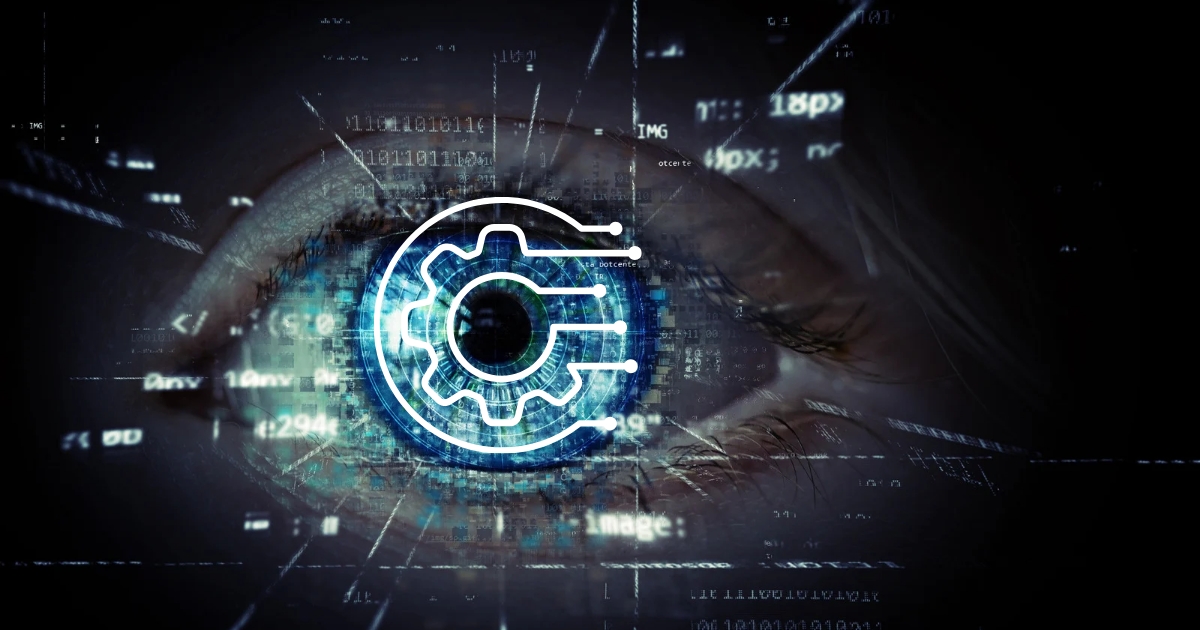Computer vision is a field of artificial intelligence (AI) that enables computers and systems to derive meaningful information from digital images, videos, and other visual inputs—and take actions or make recommendations based on that information. If AI allows computers to think, computer vision enables them to see, observe, and understand.
Table of Contents
The Basics of Computer Vision
Computer vision uses techniques from machine learning, pattern recognition, and image processing to simulate the human visual system. The main goal is to help computers interpret and make decisions based on visual data.
How Computer Vision Works
Computer vision systems use algorithms and models to process visual data. The process typically involves the following steps:
- Image Acquisition: Capturing images or video from cameras or other sensors.
- Image Preprocessing: Enhancing image quality through noise reduction, contrast enhancement, and other techniques.
- Feature Extraction: Identifying and extracting important features or patterns in the image, such as edges, textures, and shapes.
- Object Recognition: Identifying objects within the image and classifying them into predefined categories.
- Image Interpretation: Analyzing and understanding the context or meaning of the visual information.
Applications of Computer Vision
Computer vision is transforming numerous industries and has a wide range of applications:
- Healthcare: Assisting in medical imaging for disease diagnosis, such as detecting tumors in MRI scans.
- Automotive: Enabling autonomous vehicles to navigate safely by recognizing traffic signs, pedestrians, and other vehicles.
- Retail: Enhancing shopping experiences with visual search and automated checkout systems.
- Security: Improving surveillance systems with facial recognition and anomaly detection.
- Agriculture: Monitoring crop health and optimizing farming practices.
Challenges in Computer Vision
Despite significant advancements, computer vision faces several challenges:
- Complexity of Visual Data: Variability in lighting, occlusions, and object appearances can complicate image analysis.
- Real-time Processing: Processing and analyzing visual data in real-time requires substantial computational resources.
- Generalization: Developing models that generalize well across different environments and conditions remains a significant challenge.
Future of Computer Vision
The future of computer vision looks bright. Researchers are constantly working on making it more accurate, efficient, and scalable. Advances in deep learning, especially with convolutional neural networks (CNNs), have already led to big improvements. New trends like edge computing and combining computer vision with other AI technologies are expected to make it even more powerful and useful.
In summary, computer vision is a fast-evolving field with great potential to change how we interact with the world. By helping machines understand and interpret visual data, it is paving the way for many innovative solutions across different areas.
Read More : Difference Between Machine Learning And Deep Learning
Conclusion
Computer vision is a rapidly growing field of AI that enables computers to understand and interpret visual data like humans. It powers technologies in healthcare, automotive, retail, security, and agriculture, allowing for advanced diagnostics, self-driving cars, enhanced shopping experiences, improved surveillance, and crop monitoring.
In essence, computer vision helps machines see and understand the world, paving the way for innovative and connected solutions.
FAQ – Computer Vision
1. What is computer vision?
Ans- Computer vision is a field of artificial intelligence (AI) that enables computers to interpret and understand visual information from the world, such as images and videos. It aims to simulate human vision to allow computers to recognize objects, make decisions, and take actions based on visual data.
2. How does computer vision work?
Ans- Computer vision works through a series of steps:
- Image Acquisition: Capturing images or videos using cameras or sensors.
- Image Preprocessing: Enhancing the quality of the images through techniques like noise reduction and contrast adjustment.
- Feature Extraction: Identifying and extracting important features or patterns in the images.
- Object Recognition: Classifying and identifying objects within the images.
- Image Interpretation: Understanding the context and meaning of the visual data.
3. What are the main applications of computer vision?
Ans- Computer vision is used in a variety of industries and applications, including:
- Healthcare: Assisting in diagnosing diseases through medical imaging.
- Automotive: Enabling self-driving cars to navigate by recognizing traffic signs, pedestrians, and other vehicles.
- Retail: Enhancing shopping experiences with visual search and automated checkout systems.
- Security: Improving surveillance systems with facial recognition and anomaly detection.
- Agriculture: Monitoring crop health and optimizing farming practices.
4. What challenges does computer vision face?
Ans- Despite its advancements, computer vision faces several challenges:
- Complex Visual Data: Variability in lighting, occlusions, and object appearances can complicate analysis.
- Real-Time Processing: Processing and analyzing visual data quickly requires significant computational resources.
- Generalization: Developing models that perform well across different environments and conditions remains difficult.
5. What are the future trends in computer vision?
Ans- The future of computer vision looks promising, with ongoing research aimed at improving accuracy, efficiency, and scalability. Key trends include:
- Advances in Deep Learning: Especially in convolutional neural networks (CNNs), which are driving significant improvements.
- Edge Computing: Bringing processing power closer to data sources to reduce latency and enhance real-time processing.
- Integration with Other AI Technologies: Combining computer vision with natural language processing (NLP) and other AI fields to create more comprehensive and intelligent systems.
6. How is computer vision different from image processing?
Ans- While image processing focuses on enhancing and transforming images to improve their quality or extract useful information, computer vision goes a step further by interpreting and understanding the content of the images to make decisions or take actions. Essentially, image processing is a subset of computer vision that deals with the manipulation of image data, whereas computer vision aims to mimic human visual understanding.
